


Nissan’s Sunny or Toyota’s Etios – which of the two is a better Japanese budget sedan? Well, this is a question many prospective customers are likely to grapple with.
So we decided to pit the two recent entrants against each other to see the outcome
Affordable mid-size sedans have become a big trend these days, with the result that almost every manufacturer in India seeks to put a model in this segment. Recently, Nissan entered this segment with their much-awaited sedan, the Sunny. Much-awaited because the Sunny had made its début in China earlier this year and since then we had been looking forward to its arrival in India. Now that it was here, we decided to pit it against its closest rival, the Toyota Etios, which had entered the market only a few weeks earlier and which also happens to be a Japanese car.
Both these cars are primarily aimed at the upwardly mobile customer, moving from his little hatchback towards a sedan. Needless to add, these are the customers who look for a product that is reliable, affordable, fuel-efficient and easy to drive in varying traffic conditions. Both the Etios and Sunny promise to be all of these. Therefore, a comparison was called for. Let’s find out how these two Japanese offerings fared in our comparo.


 Design, Features And Space
Design, Features And Space
It becomes instantly apparent that the Sunny has an edge over the Etios in the styling department. But then Toyota are not particularly known for the looks of their models and the Etios is no exception. It has a very simple design, which the Indian customers have been hard put to embracing with open arms.
The Sunny, on the other hand, has a very modern and contemporary styling that will appeal more to the young customers. The huge headlamps on this sedan merge well with its front end and the chrome grille adds a certain touch of class to the overall look. The side profile also looks pretty good with a curving roof-line that merges well with the boot, giving the car a coupé-like look. The tail end is reminiscent of bigger Nissan sedans and the contemporary tail-lamps look stylish.
Coming back to the Etios, it has a simple front end with a dominating grille and the Toyota logo, which make the headlamps look small. The side profile of this car also does not add any flair to its appearance and the rear end is, well, just decent, nothing exciting. Overall, the Toyota design is not bad, but is too simple and, as such, the Sunny easily stakes a claim to being a better looking car between the two.
The interior and features of the Sunny are also comparatively better than the Etios’. The Etios’ dashboard layout is simple and lacks feel, whereas that of the Sunny gives a better feel. The centre console on the Sunny is nicely laid out with the automatic climate control taking centre-stage and a better looking audio system giving the car an upmarket feel. The Sunny comes with a start-stop button, automatic climate control, electrically adjusted and closing rear-view mirrors and a blower for the back seat that sucks in air from the front air-conditioner vents and cools the rear seat more quickly. These are some of the things that are missing in the Etios. Besides, the quality of the plastic used in the Sunny is better than that in the Etios. One good-looking thing in the Etios is the flat-bottom steering wheel wrapped in leather, which has a solid feel.
However, the Etios is slightly better than the Sunny when it comes to interior space. The leg and knee room at the front in the Etios is better and the boot is bigger by no less than 105 litres. The only place where the Sunny scores over the other car is the rear seat, which has 1,000 mm of maximum knee room, 90 mm more than that in the Etios.

 Drive, Handling And Comfort
Drive, Handling And Comfort
Both these cars are equipped with 1.5-litre engines, but the power output differs by nine PS. Whereas the Etios develops 90 PS, the Sunny develops 99 PS of power. As for torque, the Etios produces 132 Nm and the Sunny 134 Nm.
The Etios may appear to trail behind the Sunny so far, but when it comes to the drive quality, it scores well over the Sunny. The engineers at Toyota have tuned the Etios specifically for Indian conditions and so it has a suspension set-up that is a little on the soft side, thus providing ample damping to tackle rough roads. The drive is pretty relaxed and the car feels ready for a forward thrust whenever required.
The Sunny is more on the soft side. Its drive at low speeds is quite nice, but once it gathers speed, it seems reluctant to give up its city car character. Its stability is not quite up to the mark as it bounces a lot when pushed hard. The feedback from the Etios’ steering wheel is better as compared to that from the Sunny, which feels uncommunicative.
The Etios also scores high in the handling department. It handles delightfully, inspiring confidence even when pushed hard into a corner, whereas the Sunny doesn’t do so. Similarly, body roll in the Sunny is more discernible than in the Etios. Both the cars are comfortable, but in different situations. Whereas the Sunny feels comfortable at low speeds, the Etios is comfortable throughout the speed range. Maybe, Nissan have concentrated more on low-speed comfort than on high-speed fun.
Since both the cars are meant mostly for city driving, they perform well there, almost at par. However, our test figures clearly indicate that the Etios, though it has less PS than the Sunny, is actually a better performer. The roll-on figures, 0-to-100 km/h and even the 400-metre sprint timings showed that the Etios is better than the Sunny in terms of outright performance. Besides, the Etios also scored on the fuel-efficiency front by being way ahead of the Sunny.
The Verdict
Both the cars have their respective merits and demerits. While the Etios proves its might in the drive and handling department, the Sunny scores very well in interior quality, rear seat space and design. The Etios is available in five variants, whereas the Sunny is available in only three. The two basic variants of the Etios come with minimal equipment and without safety features such as ABS, EBD and airbags as standard. The basic Sunny, on the other hand, comes loaded with all these safety features as standard.
It all boils down to the price, which starts at Rs 5.71 lakh for the basic Etios and Rs 6.7 lakh for the basic Sunny. So if you are interested in buying a budget mid-size car that is good looking, comfortable to drive in the city, then the Sunny is a perfect companion. However, if you don’t mind the looks and just want to enjoy the drive then the Etios makes a sensible choice.
Story: Ravi Chandnani
Photography: Sanjay Raikar



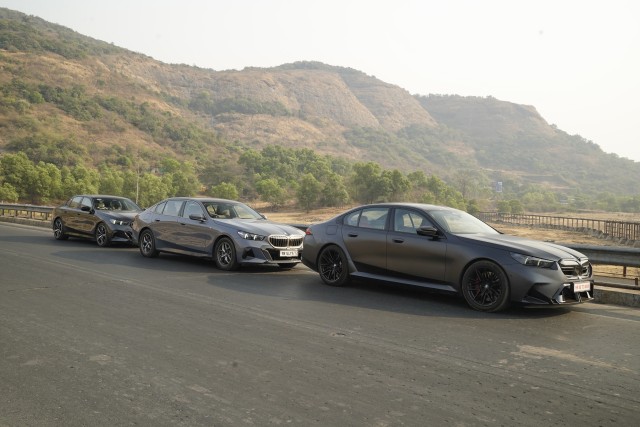
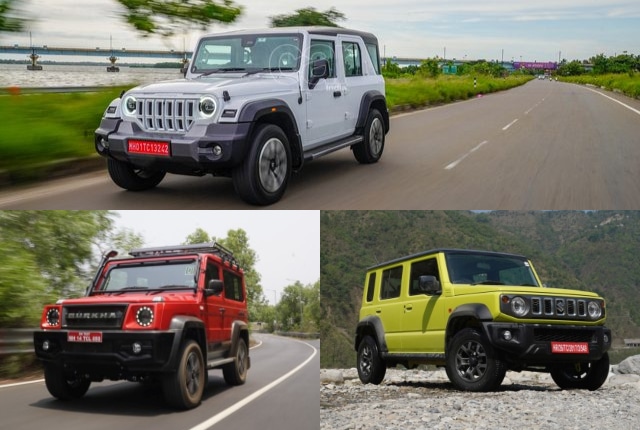
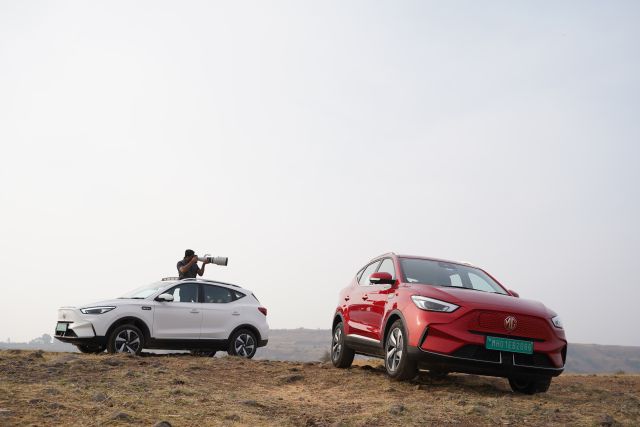
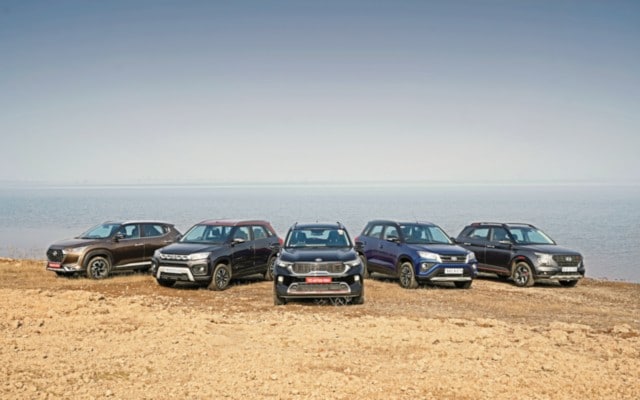
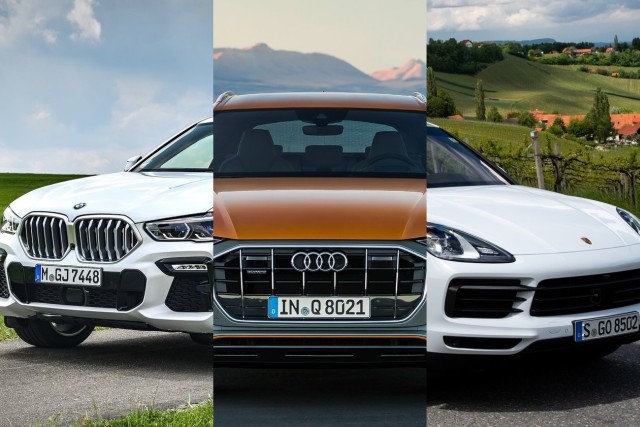
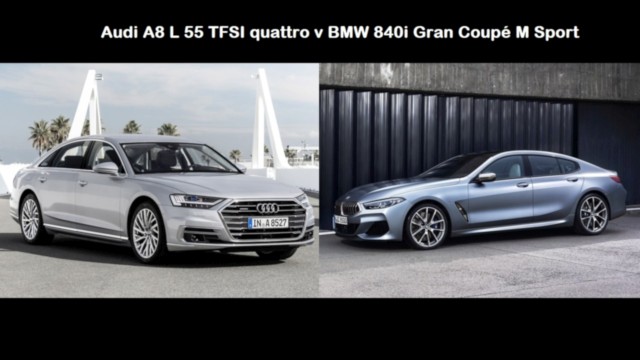
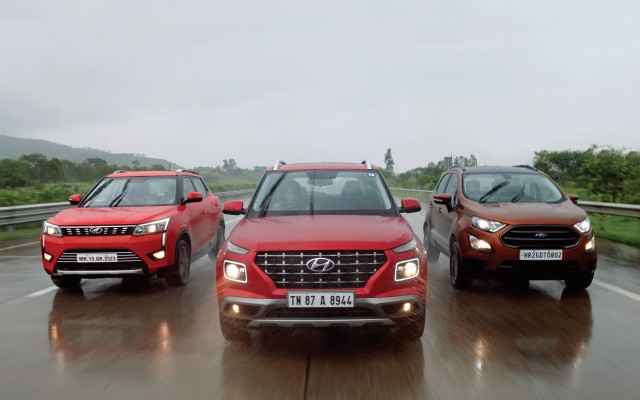
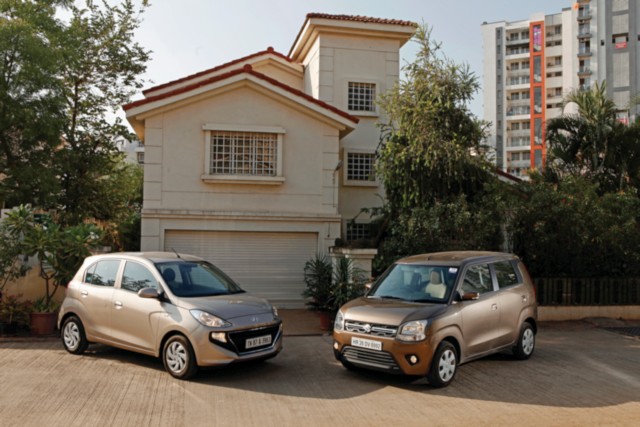
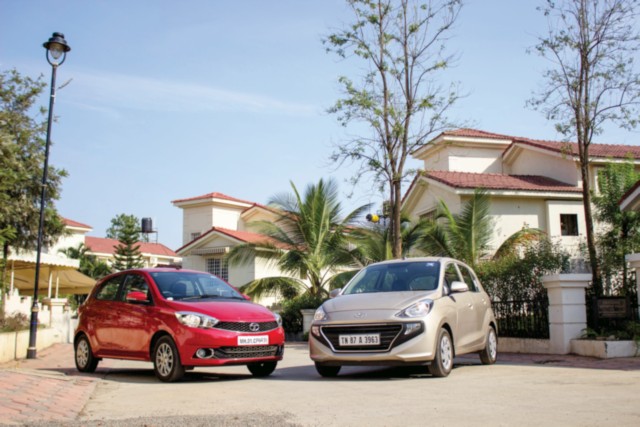
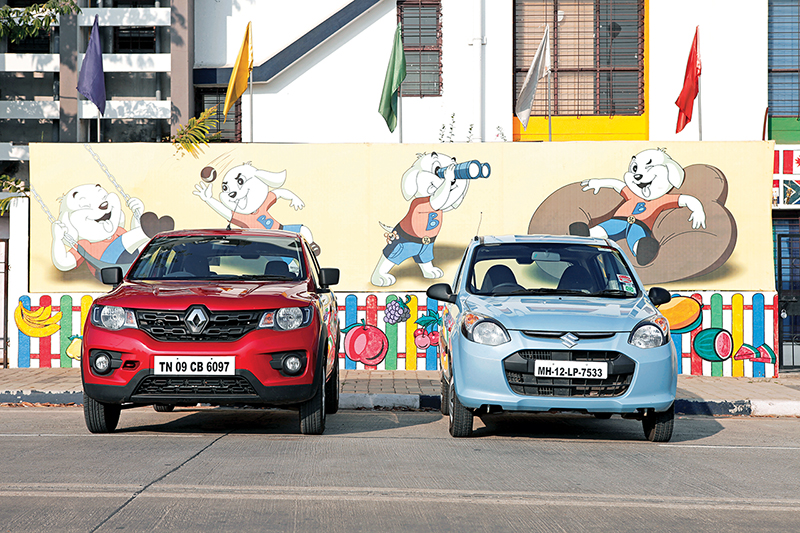
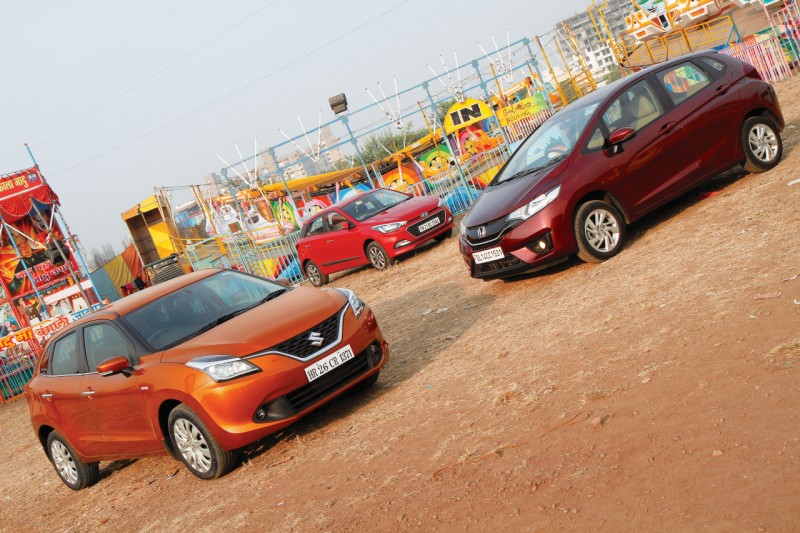
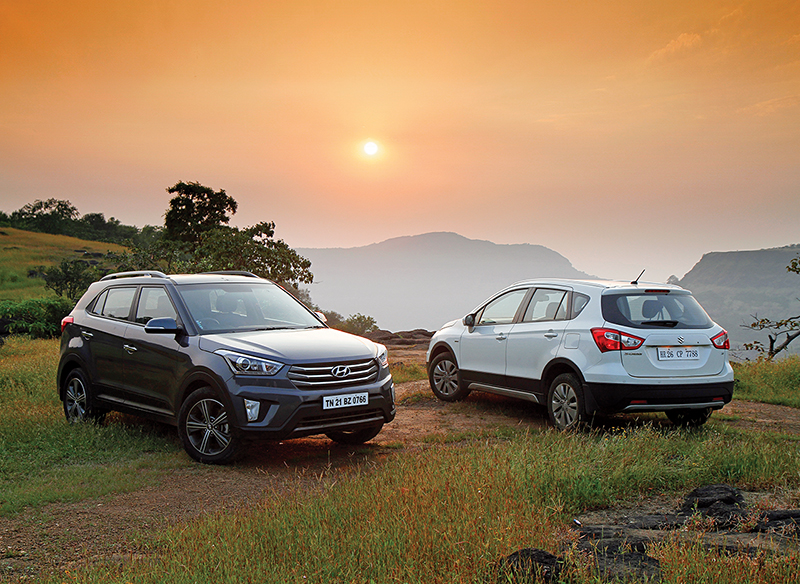
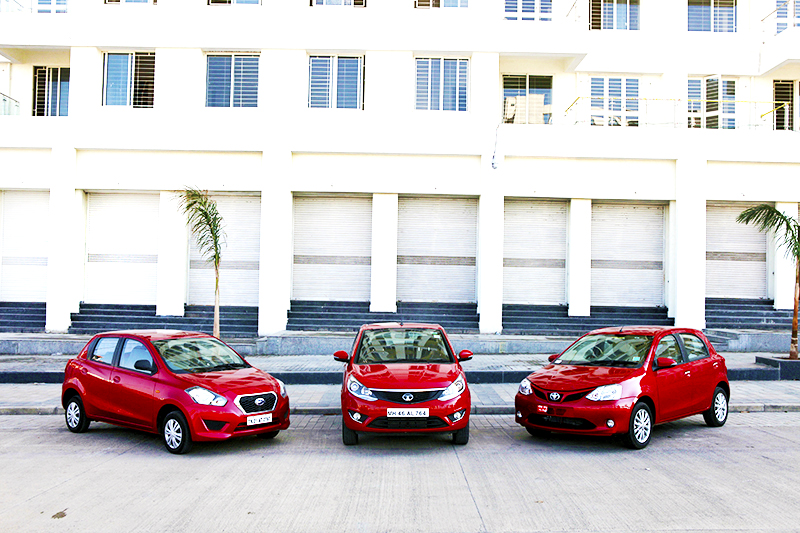
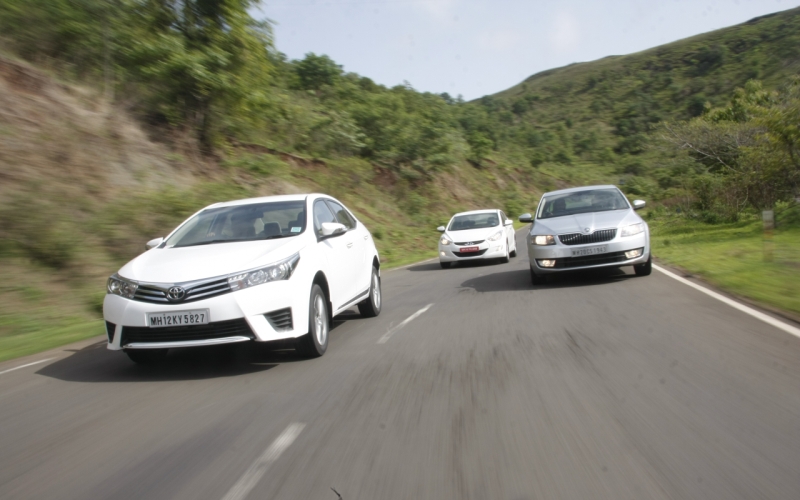
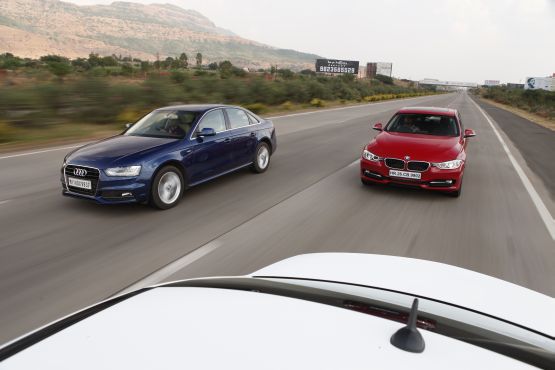




Leave a Reply